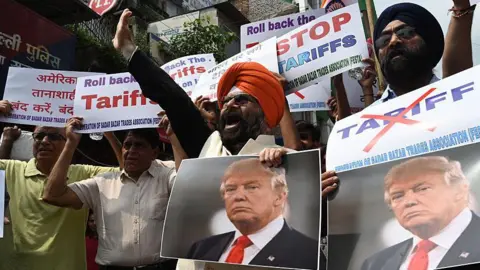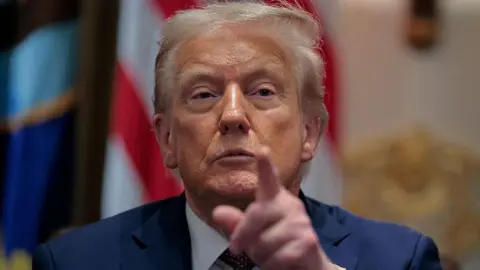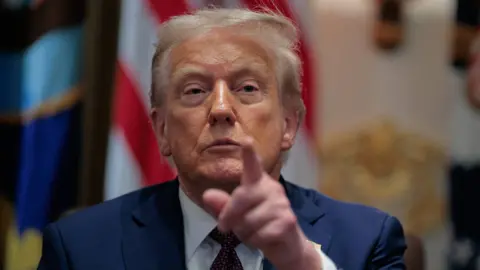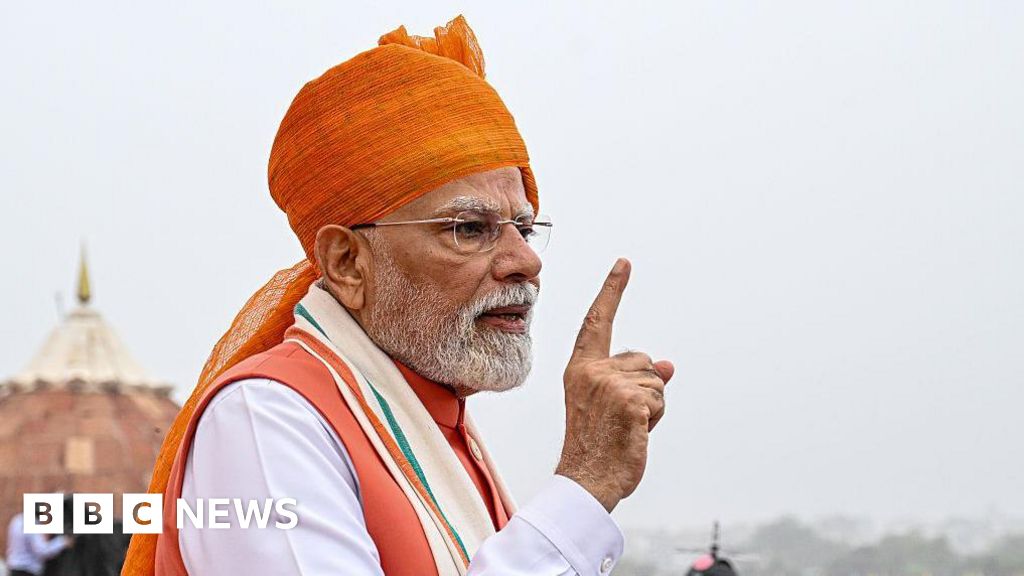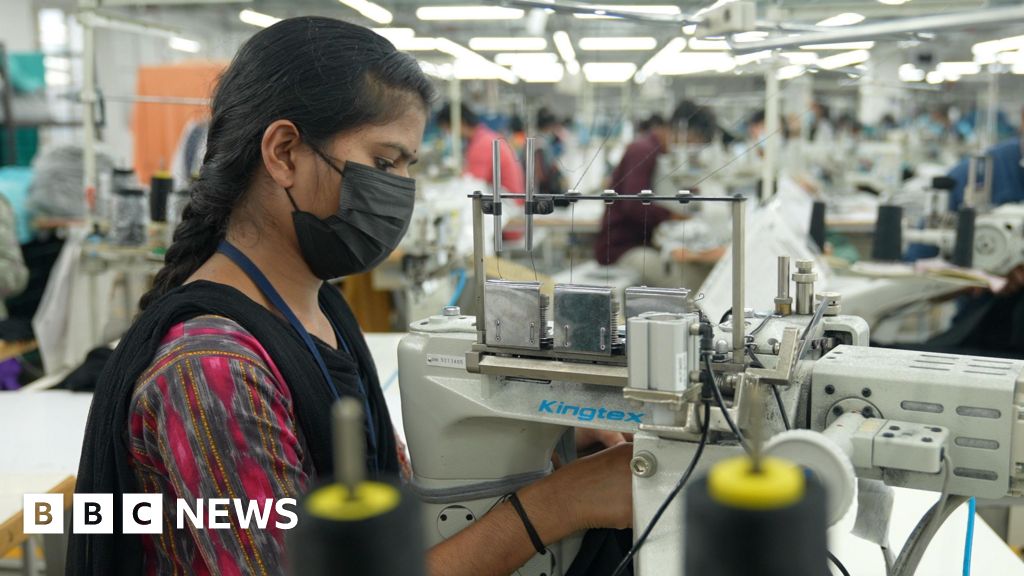The recent sweeping tariffs imposed by former President Donald Trump are having far-reaching consequences for Southeast Asia, a region that has thrived on its export-oriented economies, particularly in Vietnam and Cambodia. Among the hardest hit, these countries face tariffs of 46% and 49%, respectively, positioning them close to the top of the list for punitive measures, trailing only China.
In direct response to the tariffs, Vietnam's economic framework is under threat. With 23% of its GDP reliant on exports to the US, and considerable portions of Cambodia’s economy hinging on similar trade relationships, the immediate implications are significant. The ambitious plans for Vietnam, under the guidance of the new Communist Party Secretary-General To Lam, to evolve into an upper-income, knowledge-based economy by 2045 now appear increasingly precarious.
While Vietnam aims for growth rates exceeding 8%, the looming tariffs complicate these aspirations further. Conversely, Thailand's economy, accounting for less than 10% of its GDP from US exports, is reeling from broader economic stagnation, making it even more vulnerable to these tariff changes.
In Cambodia, where the garment sector employs around 750,000 individuals, the implications are dire as job losses loom due to the impact of the tariffs on one of the country's largest employers. Furthermore, the ruling government's grip on power, reliant on economic benefits for political stability, is becoming increasingly tenuous amid rising public grievances and economic disenchantment.
Regional governments are urged to exercise restraint, opting for negotiation over retaliation. Vietnam's Deputy Prime Minister is actively seeking dialogue with Washington, while Thailand and Malaysia are also planning similar outreach to ease the economic burdens posed by the tariffs.
The Thai administration's attempts to stimulate economic growth through various measures, including failed gambling legislation, are further compounded by these new tariffs. Cambodia's call to postpone tariffs reflects the urgency for economic reprieve amidst growing social pressures—the local Chamber of Commerce underscores the potential devastation to the garment industry.
Comparatively, Myanmar faces a staggering 44% tariff despite its negligible ties to the US market, amplifying the challenges for a country embroiled in civil strife where few economic buffers exist.
Historically, Trump’s tough line on trade garnered support in regions like Vietnam, where he was viewed favorably for his direct approach. However, the tide is turning as Southeast Asian nations implore the US for relief from tariffs that threaten their economic stability. With the ramifications of these policies bringing into question the future of trade in the region, one lingering question remains: how will the landscape of Southeast Asia adapt to these shifts?







